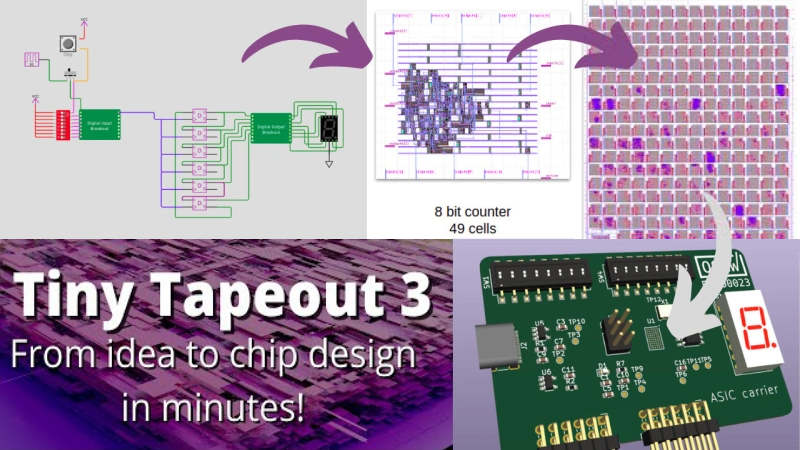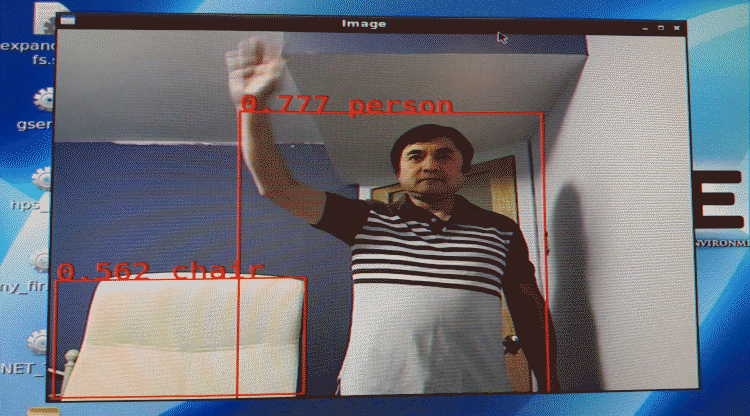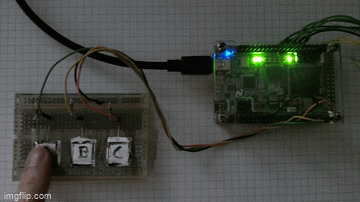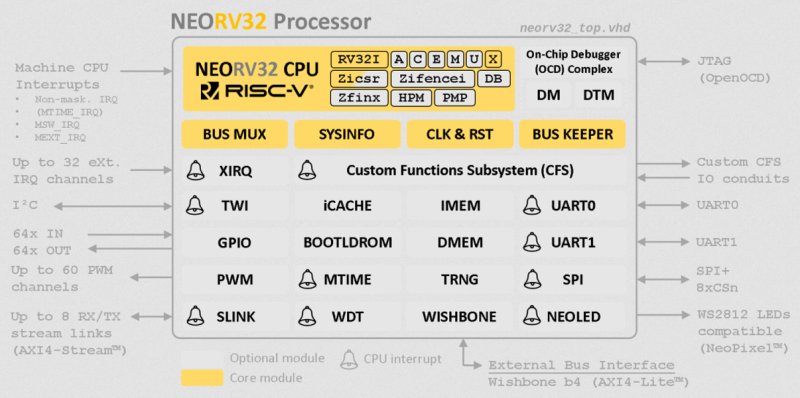Tiny Tapeout 3: Get Your Own Chip Design to a Fab

Custom semiconductor chips are generally big projects made by big companies with big budgets. Thanks to Tiny Tapeout, students, hobbyists, or anyone else can quickly get their designs onto an …read more Continue reading Tiny Tapeout 3: Get Your Own Chip Design to a Fab



